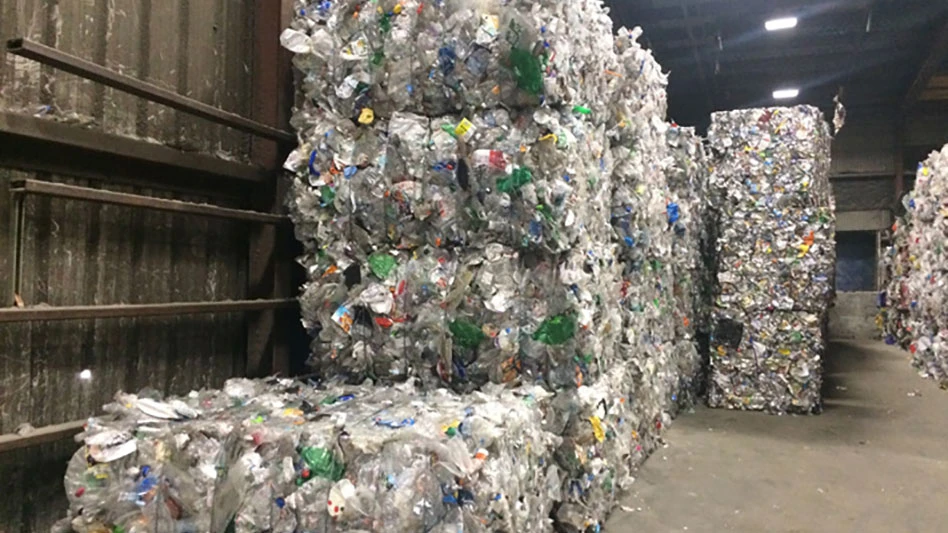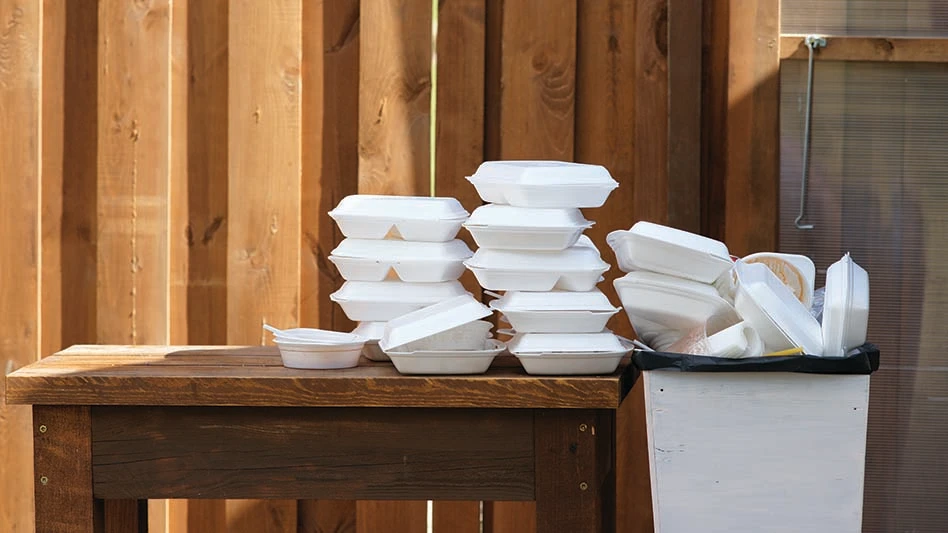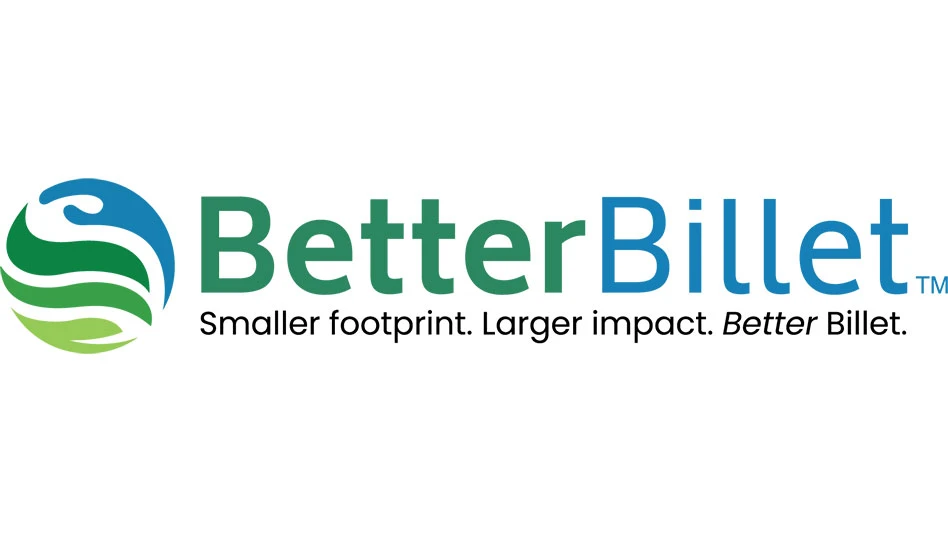
A report released by the American Chemistry Council (ACC), Washington, finds the potential economic impact of expanding advanced plastic recycling and recovery technologies in the United States to be nearly $10 billion.
According to the report, if advanced plastics recycling and recovery facilities in the U.S. were widely adopted, the processes could result in 40,000 U.S. jobs, as much as $2.2 billion in annual payroll and $9.9 billion in economic output.
“Advanced plastic recycling and recovery technologies have the potential to revolutionize the way we make, use, and reuse our plastic resources,” states Steve Russell, ACC vice president of plastics. “These technologies further demonstrate the untapped value of used plastics and have the potential to dramatically accelerate our transition to a circular economy.”
Prepared by ACC’s economics and statistics department, the report updates a similar analysis completed in 2014. The earlier analysis only examined the economic potential associated with converting used plastics into synthetic crude oil. Since then, technologies have “significantly” expanded their range of outputs to meet
The latest report examines a class of advanced plastic recycling and recovery technologies known as chemical recycling, which includes pyrolysis and depolymerization. These advanced technologies complement traditional recycling, also known as “mechanical recycling,” and could help society recover and repurpose a much broader range of
“Expanding advanced plastic recycling and recovery facilities could create thousands of U.S. jobs, result in billions of dollars in economic output and eliminate the landfilling of 6.5 million tons of post-use recoverable plastics each year,” says Priyanka Bakaya, founder and CEO of
Several major plastics makers and energy companies have recently announced investments and or agreements with advanced plastic recycling and recovery technology providers, which are helping to demonstrate and scale these processes.
Last May, plastics makers in the United States, Canada
“Plastic packaging and consumer products weigh less than alternatives, helping to reduce transportation fuel use, greenhouse gas emissions and waste,” Russell says. “Learning to treat used plastics as a resource has both economic and environmental benefits. Converting more of these materials to valuable products and raw materials will help keep plastic waste out of the environment and in productive use.”
Get curated news on YOUR industry.
Enter your email to receive our newsletters.Latest from Recycling Today
- GFL opens new MRF in Edmonton, Alberta
- MTM Critical Metals secures supply agreement with Dynamic Lifecycle Innovations
- McClung-Logan Equipment Company joins Tana’s authorized dealer network
- Grede to close Alabama foundry
- Plastics Recycling Conference 2025: Working toward their targets
- SWACO rolls out new commercial recycling and food waste programming
- Updated: Matalco to close Canton, Ohio, plant
- Metso launches electric Anode Weighing and Casting Machine






